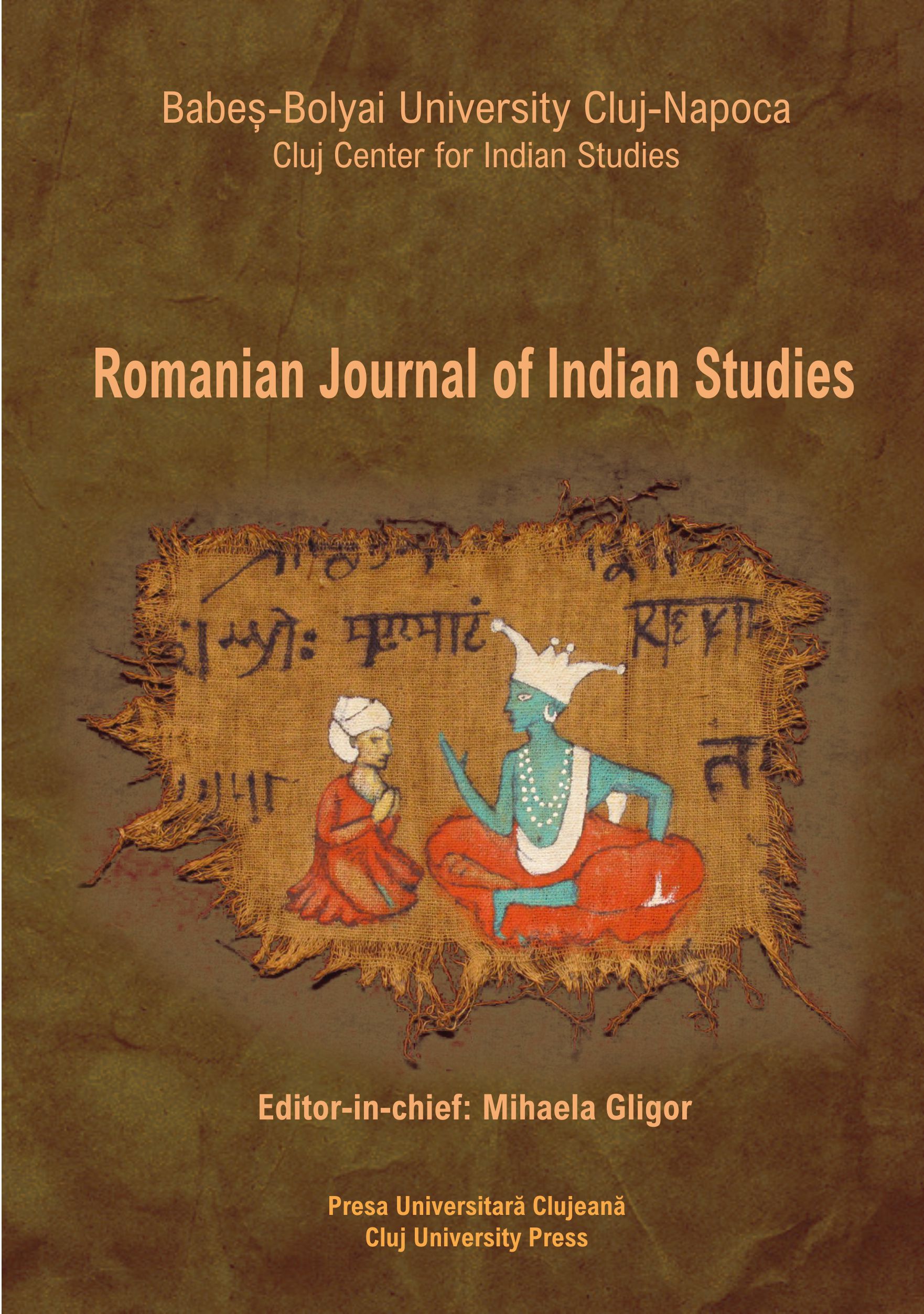Vyākaraṇa and the Mathurā Stele
Vyākaraṇa and the Mathurā Stele
Author(s): Giovanni VerardiSubject(s): Poetry, Visual Arts, Special Branches of Philosophy, Comparative Studies of Religion, Ancient Philosphy, Indian Philosophy, Philosophy of Religion, History of Religion, Philosophy of History, History of Art
Published by: Presa Universitara Clujeana
Keywords: Buddhist icons; Kuṣāṇa Mathurā; bodhisattva; vyākaraṇa; cakravartin; iconography;
Summary/Abstract: In a former life Śākyamuni received the investiture of future historical Buddha (vyākaraṇa), which made his praṇidhāna irreversible and caused in him a deep change of state, no longer that of a bodhisattva understood as a person aspiring to the bodhi, but rather that of a Buddha. This is the state of the bodhisattva in the inscribed Kuṣāṇa stele of Mathurā, some of which designate him as buddha, tathāgata or samyaksambuddha. This latter role is clearly highlighted, and the bodhisattva appears not only as an awakened being, as shown by the pipal tree under which he is seated, but as one who has taken the decision to teach. Several iconographical clues can be noticed, among which the cakra on the throne, on the palm of his right hand and on the soles of his feet. The cakra is the first of the seven jewels of the cakravartin, and in fact the Mathurā iconographies foreshadow Śākyamuni’s future state as the only, true king of the world. This figural conception remained restricted to Mathurā, whereas in Gandhāra Śākyamuni’s inherent nature of cakravartin, though present, was not as prominent.
Journal: ROMANIAN JOURNAL OF INDIAN STUDIES
- Issue Year: 1/2020
- Issue No: 1
- Page Range: 9-54
- Page Count: 45
- Language: English

